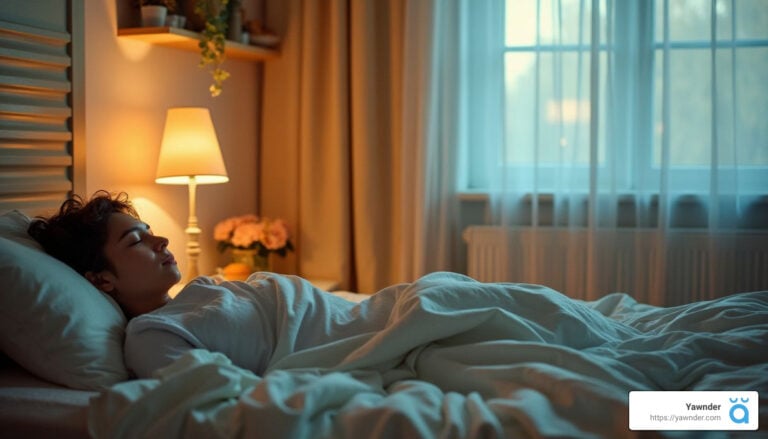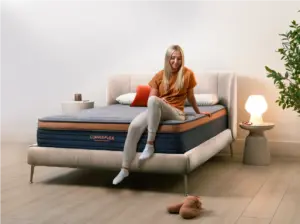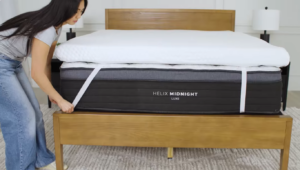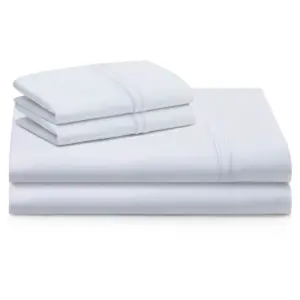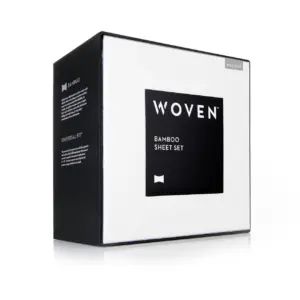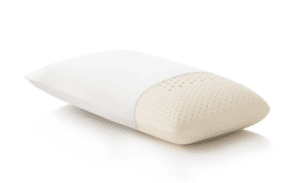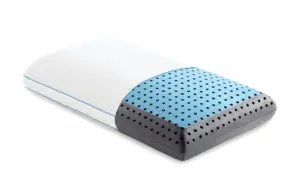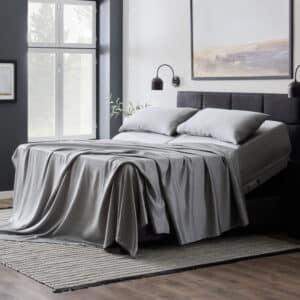A Comprehensive Guide to the Best Frequencies for Sleep
The Importance of Sleep: Unveiling the Best Frequencies for Sleep
Unlocking the best frequencies for sleep is vital for anyone looking to enhance their nightly rest without getting bogged down in technical jargon or lengthy dissertations. In summary, here are the key frequency ranges to consider:
– Delta Waves (0.5 to 4 Hz): Deep, dreamless sleep.
– Theta Waves (4 to 7 Hz): Light sleep and REM (Rapid Eye Movement).
– Alpha Waves (7 to 13 Hz): Pre-sleep relaxation and light meditation.
Sleep is an active state, crucial for both physical and mental rejuvenation. While you relax, your brain engages in memory consolidation, emotional regulation, and healing. Understanding how various frequencies can assist in inducing sleep can dramatically enhance your sleep quality.
Many individuals face challenges with falling and staying asleep, resulting in various sleep disorders like insomnia. By incorporating the right frequencies, such as binaural beats or solfeggio frequencies, you can optimize your nighttime routine and alleviate some of these concerns.
I’m Ben Trapskin, founder of Yawnder. Having navigated my own sleep struggles, I’ve dedicated my efforts to assisting others in achieving restful sleep. Through my experiences and research, I’ve discovered how essential the best frequencies for sleep are in promoting a healthier nighttime routine.
Understanding Sleep Frequencies
To maximize your sleep and overall well-being, understanding sleep frequencies is fundamental. Your brain functions on different frequencies—known as brain waves—which vary based on your level of activity and consciousness. Here’s a brief overview of the major brain wave types:
Delta Waves (0.5 to 4 Hz)
Delta waves represent the slowest brain waves and are integral to achieving deep, dreamless sleep. This sleep stage is vital for restorative processes, as your body regenerates tissues, builds muscle, and strengthens the immune system.
– Deep Sleep: Dominates the deepest NREM stages.
– Dreamless State: Allows the body to focus entirely on physical restoration.
Utilizing binaural beats designed to align with delta waves can significantly benefit those struggling to reach this restorative phase. For example, listening to tones of 200 Hz in one ear and 204 Hz in another generates a 4 Hz binaural beat that corresponds with delta frequencies.
Theta Waves (4 to 7 Hz)
Theta waves are associated with lighter sleep stages and REM sleep, where dreaming occurs. This stage plays a critical role in memory consolidation and emotional processing.
– REM Sleep: Prominent during dreaming.
– Meditation and Relaxation: Useful for winding down.
Solfeggio frequencies, specifically the 528 Hz tone, can effectively induce theta wave activity, promoting a more relaxed state conducive to sleep.
Alpha Waves (7 to 13 Hz)
Alpha waves emerge when you are awake yet relaxed, such as in the moments leading up to sleep. They act as a transition between wakefulness and sleep.
– Pre-Sleep State: Present just before dozing off.
– Light Meditation: Can be achieved with relaxation techniques.
Listening to binaural beats within the alpha range can facilitate relaxation and ease you into sleep. For instance, a 210 Hz tone in one ear combined with a 217 Hz tone in the other creates a 7 Hz binaural beat, perfect for promoting tranquility.
By incorporating these frequencies into your routine, you can significantly elevate your sleep quality.
Exploring Solfeggio Frequencies for Sleep
Solfeggio frequencies, ancient tones used in sacred chants, are believed to possess healing properties, benefiting various energy centers, or chakras, in your body. Two notable Solfeggio frequencies for improving sleep are 432 Hz and 528 Hz.
432 Hz
Recognized for its calming effect, research suggests that 432 Hz can help lower heart rates and alleviate stress, aiding in sleep onset.
– Calming Effect: Promotes relaxation and tranquility.
– Heart Rate Reduction: Facilitates an easier transition to sleep.
– Stress Relief: Lowers anxiety levels.
Integrating 432 Hz music into your bedtime routine can be as simple as listening while meditating or reading.
528 Hz
Often referred to as the miracle tone, 528 Hz is associated with DNA repair and reducing stress hormones like cortisol. It creates a sense of well-being.
– DNA Repair: Potentially promotes cellular healing.
– Stress Hormone Reduction: Lowers cortisol levels for relaxation.
– Energy Boost: Balances energy, enhancing overall well-being.
Utilizing 528 Hz can enrich your evening rituals, creating an atmosphere that prepares you for deep, restorative sleep.
Understanding Binaural Beats for Sleep
How Binaural Beats Work
Binaural beats are an auditory phenomenon that occurs when two slightly different tones are played in each ear, and the brain perceives a third phantom frequency. For example, a 300 Hz tone in one ear and a 310 Hz tone in the other yields a perceived beat of 10 Hz, guiding your brain towards a desired state.
To experience binaural beats, headphones are crucial, as they allow each ear to receive distinct tones.
Best Binaural Beats Frequencies for Sleep
Binaural beats can be tailored to various brain wave frequencies conducive to sleep:
– Delta Waves (0.5 to 4 Hz): Essential for deep regenerative sleep.
– Theta Waves (4 to 7 Hz): Linked to REM sleep and emotional processing.
– Alpha Waves (7 to 13 Hz): Ideal for relaxation before sleep.
Utilizing binaural beats, you can effectively guide your brain into getting the rest it needs.
Tips for Using Sleep Frequencies
1. Choose High-Quality Audio: Seek out high-quality recordings to ensure a more effective experience.
2. Use Earphones: Ensure each ear receives a different tone for binaural beats to work effectively.
3. Moderate Volume: Keep the volume at a level that’s clear but non-intrusive.
4. Short Listening Times: Stick to sessions of about 30 minutes for optimal results.
5. Be Patient: Allow time for your body and brain to adjust—consistency is essential.
Conclusion
At Yawnder, we believe enhancing your sleep experience can start with a deeper understanding of the best frequencies for sleep. Incorporating delta, theta, and alpha waves into your nightly practices can lead to more restful, restorative sleep.
Regardless of whether you prefer the rhythmic pulsing of binaural beats or the soothing tones of Solfeggio frequencies, these sound therapies can transform your sleep quality.
Creating healthier sleep habits doesn’t have to be overwhelming. By making small, manageable changes—like maintaining a consistent sleep schedule or integrating calming sounds into your nighttime routine—you can open the door to more restorative rest. Prioritize your sleep hygiene, and reap the benefits for your overall health.
Happy sleeping!

